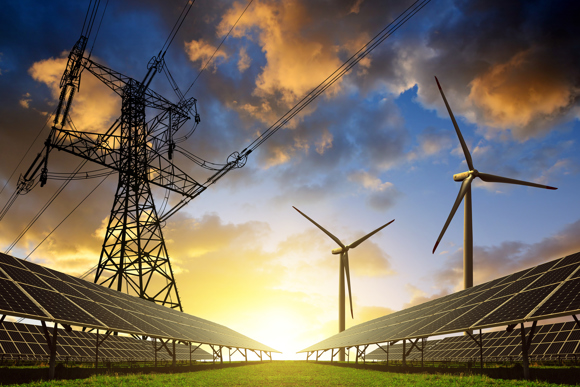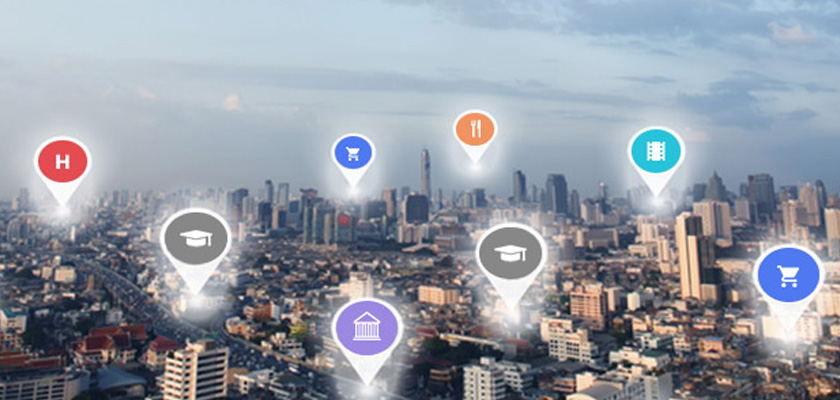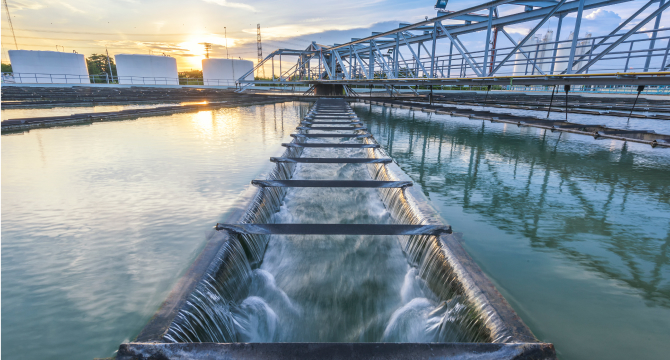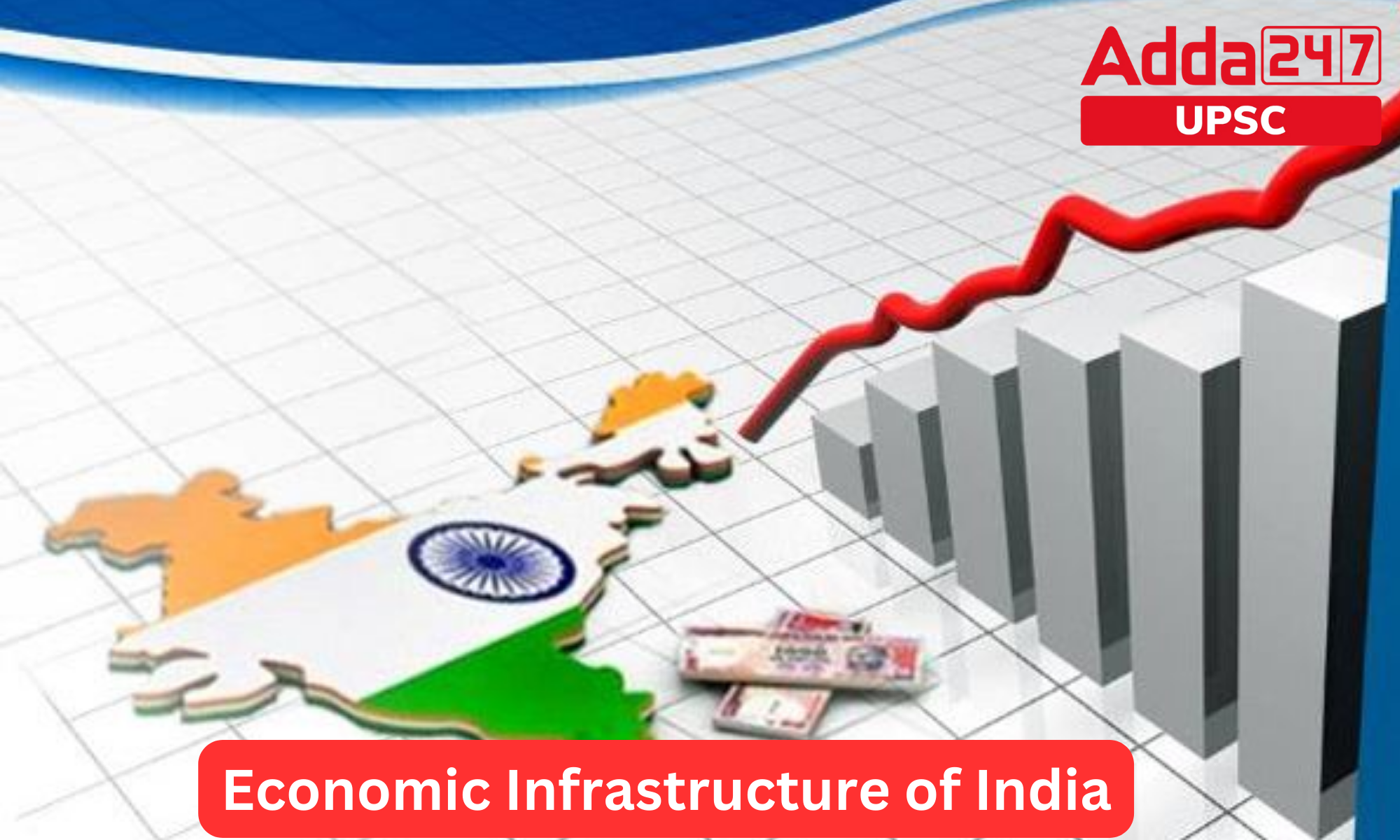Table of Contents
Economic Infrastructure of India
India is one of the fastest-growing economies in the world, with a current GDP of approximately $3 trillion. To sustain this growth, India has made significant investments in its economic infrastructure, which includes transportation, communication, energy, and social infrastructure. In this article, we will discuss the economic infrastructure of India and its importance in sustaining economic growth.
Economic Infrastructure of India: Transportation Infrastructure
India has a vast transportation network that includes roads, railways, waterways, and airways. The Indian government has made significant investments in infrastructure development, with a focus on building new highways and modernizing existing ones. The national highways authority of India (NHAI) is responsible for the development, maintenance, and management of national highways in the country. India has also invested in building new airports and modernizing existing ones to cater to the increasing demand for air travel.

Economic Infrastructure of India: Railway Infrastructure
Railways are another critical component of India’s transportation infrastructure, with a network spanning over 68,000 kilometers. The Indian Railways is the world’s largest railway network, carrying millions of passengers and freight every day. The government has launched several initiatives such as the Dedicated Freight Corridor (DFC) project to increase the capacity and efficiency of the railway network.

Economic Infrastructure of India: Communication Infrastructure
India has made significant strides in building a robust communication infrastructure, which includes telecom, internet, and satellite communication. The Indian telecom sector is one of the fastest-growing in the world, with over 1.2 billion mobile phone users. The government has also launched the Digital India initiative to promote the use of digital technologies and improve access to the internet in rural areas.
As a result, the number of internet users in India has increased exponentially, and the country has become the world’s second-largest internet market after China. This has not only improved communication but also enabled the growth of e-commerce, digital payments, and other online services. The development of communication infrastructure has also created employment opportunities in the IT and telecom sectors and contributed to the growth of the economy.

Economic Infrastructure of India: Energy Infrastructure
India’s energy infrastructure comprises both traditional and renewable sources of energy. India is the world’s third-largest consumer of crude oil and the fourth-largest importer of liquefied natural gas (LNG). To reduce dependence on fossil fuels, the government has launched several initiatives such as the National Solar Mission, which aims to generate 100 GW of solar energy by 2022. The government is also promoting the use of electric vehicles to reduce carbon emissions and improve air quality.

Economic Infrastructure of India: Social Infrastructure
Social infrastructure includes education, healthcare, and housing. India has made significant investments in education, with over 1.5 million schools and over 40,000 colleges. The government has also launched several initiatives such as the Sarva Shiksha Abhiyan to provide free and compulsory education to all children between the ages of 6 and 14.

Economic Infrastructure of India: Healthcare Infrastructure
India has also made significant progress in healthcare, with an increasing number of hospitals and healthcare facilities. The government has launched several initiatives such as the Ayushman Bharat scheme, which aims to provide health insurance to over 100 million families.
Economic Infrastructure of India: Power Infrastructure
Power infrastructure is another critical component of economic infrastructure. India has made significant progress in developing its power infrastructure, particularly in the renewable energy sector. The government has launched several initiatives, such as the National Solar Mission and the National Wind Mission, to promote the use of renewable energy sources.
As a result, India has become one of the world’s largest producers of renewable energy, and the share of renewable energy in the country’s total power generation has increased significantly. The development of power infrastructure has not only improved access to electricity but also reduced the country’s dependence on fossil fuels and contributed to environmental sustainability.
Economic Infrastructure of India: Water and Sanitation Infrastructure
Water and sanitation infrastructure is another critical component of economic infrastructure. India has made significant progress in improving access to safe drinking water and sanitation facilities, particularly in rural areas. The government has launched several initiatives, such as the Swachh Bharat Mission and the Jal Jeevan Mission, to promote cleanliness and improve access to water and sanitation facilities.
As a result, the percentage of households with access to improved sanitation facilities has increased significantly, and the percentage of households with access to piped water has also increased. The development of water and sanitation infrastructure has not only improved public health but also created employment opportunities in the construction and maintenance of facilities.

Economic Infrastructure and Economic Growth of India
India has emerged as one of the fastest-growing economies in the world in recent years. The country’s economic growth has been driven by a combination of factors such as a large and diverse workforce, a vibrant entrepreneurial culture, a stable political environment, and strategic investments in key sectors.
- In the past few decades, India has undergone a significant transformation, moving from a largely agrarian economy to a service-based economy with a growing manufacturing sector.
- The country has been consistently achieving an average annual GDP growth rate of around 7% over the last few years.
- This growth rate is expected to continue in the coming years, making India one of the largest and fastest-growing economies in the world.
- One of the key drivers of India’s economic growth is its demographic dividend.
- The country has a large and young population, with a median age of around 28 years.
- This demographic advantage has provided a significant boost to the workforce, which has been rapidly expanding over the years.
- This has, in turn, led to increased productivity and economic growth.
- Another factor that has contributed to India’s economic growth is its entrepreneurial culture.
- India has a thriving startup ecosystem, with a large number of young and ambitious entrepreneurs starting their own businesses.
- The government has also been supportive of startups, providing various incentives and schemes to encourage entrepreneurship and innovation.
- India has also made strategic investments in key sectors such as infrastructure, healthcare, and education.
- The government has initiated several projects such as the Bharatmala project, the National Health Mission, and the Skill India initiative to boost these sectors.
- These investments have not only created jobs but have also provided a significant impetus to the economy.
- India’s economic growth has not been without its challenges.
- The country faces several structural issues such as inadequate infrastructure, a weak financial system, and a complex regulatory environment.
- However, the government has been actively addressing these issues and implementing reforms to overcome these challenges.
Overall, India’s economic growth story is a remarkable one. The country has come a long way in a short span of time, and there is still immense potential for growth. As the country continues to invest in key sectors, encourage entrepreneurship and innovation, and address structural challenges, India is poised to emerge as a major economic powerhouse in the years to come.
Govt’s focus on Economic Infrastructure of India
India’s economic infrastructure plays a crucial role in sustaining economic growth and development. The government’s focus on building a robust transportation, communication, energy, and social infrastructure will help India achieve its goal of becoming a $5 trillion economy. However, there is still a long way to go, and the government needs to continue its efforts in building a world-class infrastructure to propel India’s growth and development.
The development of economic infrastructure has played a vital role in India’s economic growth over the years. The progress made in the transportation, communication, power, and water and sanitation sectors has improved connectivity, access to services, and quality of life for the people. However, there is still a long way to go, and the government needs to continue its efforts to develop economic infrastructure and promote sustainable economic growth.
Also Read:
- Indo-Pacific Economic Framework (IPEF), India Participated in 2nd IPEF Negotiation Rounds in Bali
- India-Sri Lanka Relations Economic, Cultural and Defence
- List of Schemes for Minorities- Educational and Economic Empowerment of Minorities
- Key Highlights Of Union Economic Survey 2022-23
- World Economic Forum(WEF) Davos Meet 2023: Theme, Agenda And Significance
- Trade Infrastructure for Export Scheme (TIES), Creating Infrastructure for Exports Growth
- Global Quality Infrastructure Index (GQII), India’s Accreditation System Ranked 5th Globally



 TSPSC Group 1 Question Paper 2024, Downl...
TSPSC Group 1 Question Paper 2024, Downl...
 TSPSC Group 1 Answer key 2024 Out, Downl...
TSPSC Group 1 Answer key 2024 Out, Downl...
 UPSC Prelims 2024 Question Paper, Downlo...
UPSC Prelims 2024 Question Paper, Downlo...





